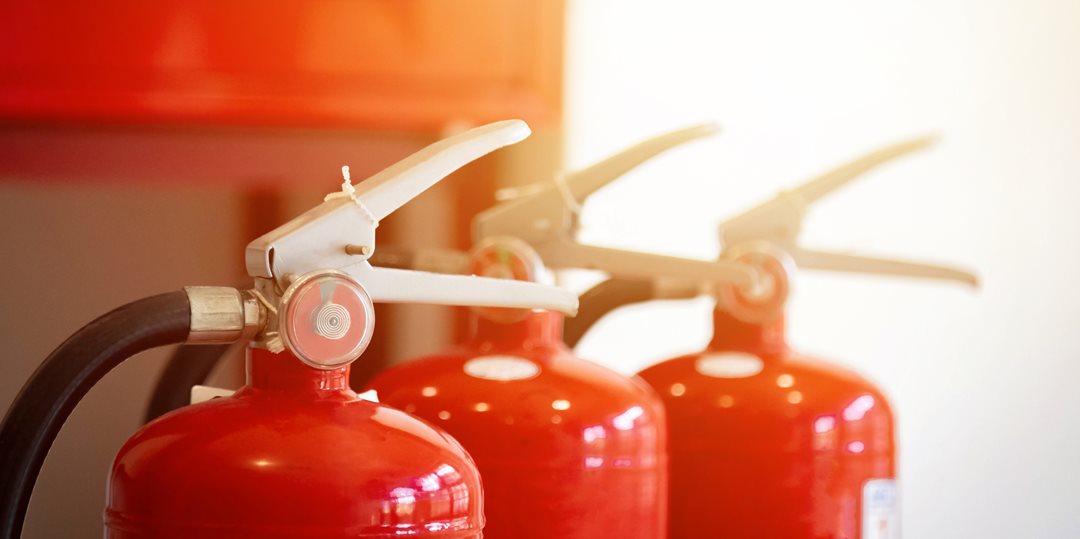Do you know how to use a fire extinguisher? | PEMCO
 Eight to 10 seconds. That's how long experts say you have to knock down a small fire with portable fire extinguishers before they discharge completely.
Eight to 10 seconds. That's how long experts say you have to knock down a small fire with portable fire extinguishers before they discharge completely.
Just how fast is that? It takes about 10 seconds to read the first two paragraphs of this article. With so little time, it's important that your fire extinguisher is easily accessible and that everyone in the family knows the right (and safe!) way to use it. We break down our top tips below:
Fire extinguisher 101
Fire extinguishers are classified based on fire risk. If you are unfamiliar with fire extinguishers or are unsure of the kind you might need, here's an easy cheat sheet of the classifications most likely used for residential purposes:
Class A: Good for ordinary combustibles (like wood, fabric, or paper)
Class B: Flammable liquids and glasses (like oils and propane)
Class C: Energized electical equipment (like a flaming toaster)
Most experts recommend that for your personal residence, you choose an extinguisher that's rated "ABC," which means it will be good an all the types of fires listed above.
Beyond the A-B-C rating, pick a style that you can comfortably handle – the bigger the extinguisher, the longer it will spray before its contents discharge completely. But as size increases, so does weight. You'll want to balance that with the strength and agility of the people who potentially would be using it.
According to the National Fire Protection Association (NFPA), the best way to recall how to safely operate a fire extinguisher in case of an emergency is to remember the word PASS.
P: Pull the pin.
A: Aim low.
S: Squeeze the trigger.
S: Sweep from side to side.
Remember to stand at least eight feet away, because you can accidentally fan the flames if you stand too close when you blast the fire. If the fire doesn't start going out within seconds, give up the fight, get out of the house, and call the fire department.
Fire extinguisher maintenance
Fire extinguishers are purposely low maintenance, but they don't last forever. Here's a good habit to keep in mind:
When you replace your smoke detector batteries (we recommend twice yearly, when the clock changes), check to make sure your fire extinguisher's dial is still reading in the green. That means it's full and ready to use. Most household fire extinguishers are the non-refillable kind, and estimates of their lifespan range from five to 15 years. We recommend replacing them on the lower end of the scale, even if they're still showing green. Also, replace your fire extinguishers whenever you move to a new home.
Fire safety reminders
Another important tip from the NFPA? A fire extinguisher is just one (small) part of your overall fire safety plan. The most important component of your household's safety plan is to HAVE A PLAN. Your primary concern should be making sure everyone understands their route for a safe escape in case a fire ever were to occur inside your home. The NFPA recommends you:
- Draw a map of your home and/or property. Highlight all the doors and windows, and make sure you communicate escape options with everyone who lives in your house.
- Know at least two ways out of every room.
- Have an agreed-upon outside meeting place (like a lamppost or tree).
- Practice your "home fire drill" at night and during the day.
- Teach your children how to escape on their own in case you can't help them.
- Remember: If you ever have to escape through smoke, get low and get under the smoke to your way out.
While it's a little bit unsettling to think of a fire breaking out in your home, it never hurts to be to be prepared. In fact, we think preparing (and taking steps to prevent!) is one of the smartest things you can do.
Share on social media